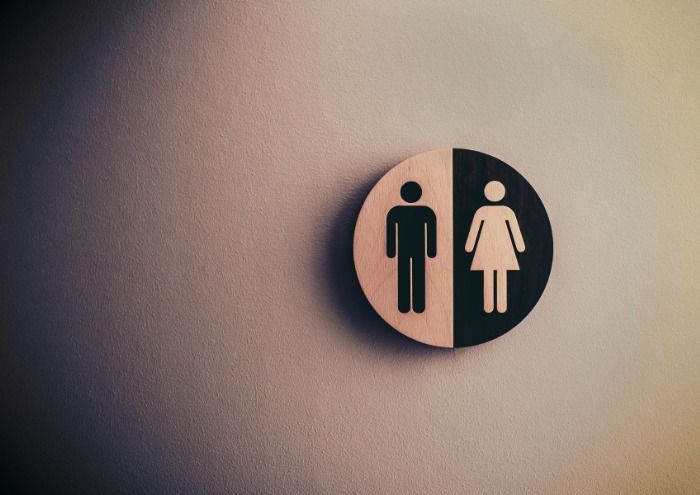By Jasmine Phillips
Well, pandemic or not, school is back in session. In my home city of Tampa, Florida, students were given the choice to attend class in person or online. But while the structure of schooling has changed, most rules have not—including mandatory adherence to dress code.
Dress code was a controversial topic even before the onset of COVID-19. It’s widely known that dress code is a predominantly sexist, heteronormative system, composed of rules that police girls’ bodies and clothing choices more harshly than those of boys. If girls wear anything that is considered “too tight,” “too short,” or “too revealing,” it’s deemed inappropriate and a distraction for boys. This ultimately limits girls’ creativity and gender expression and puts the responsibility of boys’ behavior on girls—the same dangerous, victim-blaming argument we see play out in cases of sexual assault. Here in Florida, the dress code continues to be enforced for students (and teachers) who choose the virtual learning option as well.
Further, as fashion evolves, dress codes continue to lag behind the times. More and more major fashion brands are introducing clothing that is not specific to the binary, allowing consumers to express themselves in a way that best fits their gender identity. Yet, most dress codes do not allow for androgynous or gender-bending fashion—pants are for boys, skirts are for girls, they say. This is another example of society prescribing heteronormative gender expression based on sex assigned at birth—only exacerbating the trauma gender-nonconforming, non-binary, and trans students feel as they come to terms with their gender identities.
I personally enjoy wearing more masculine clothing. Honestly, it’s more comfortable—I feel free and less restricted. I have the privilege of not hiding who I am around friends or family. Although I no longer have to adhere to a student dress code, I do fear that, one day, I will encounter another form of dress limitation—the workplace dress code. I worry about how my appearance will impact my chances of getting hired and how my coworkers will perceive me.
So, the question remains: why the dress code? Why the limitations? Does dress code really help to progress schools (and workplaces), or is it just another excuse to reinforce heteronormative rules?







